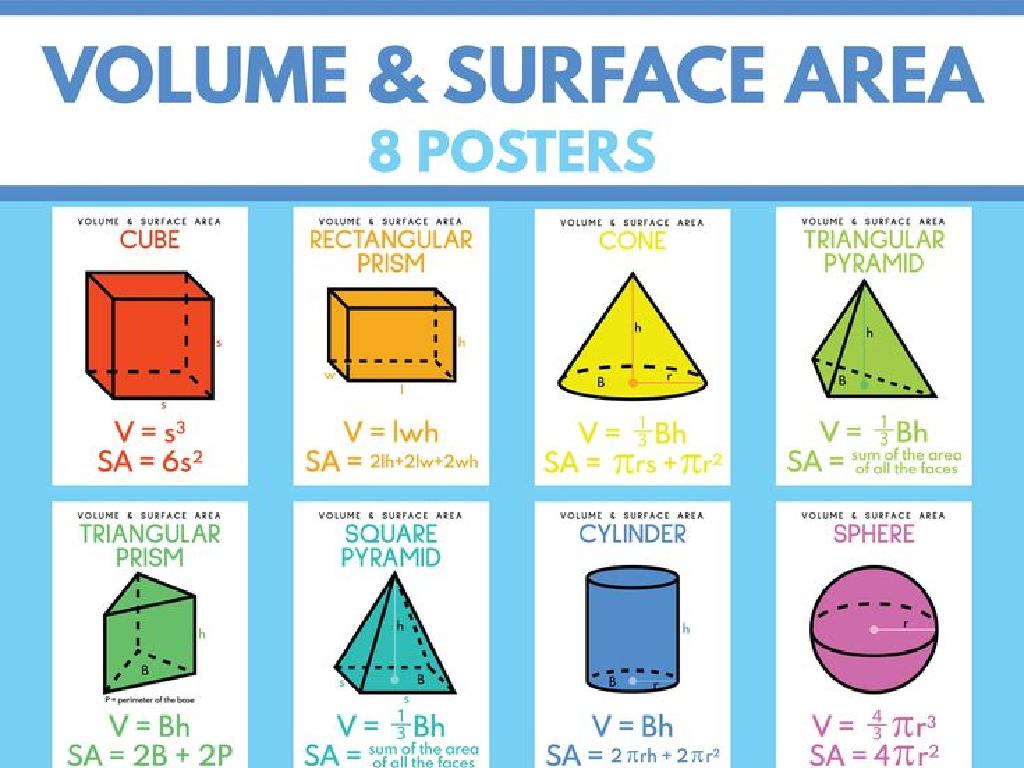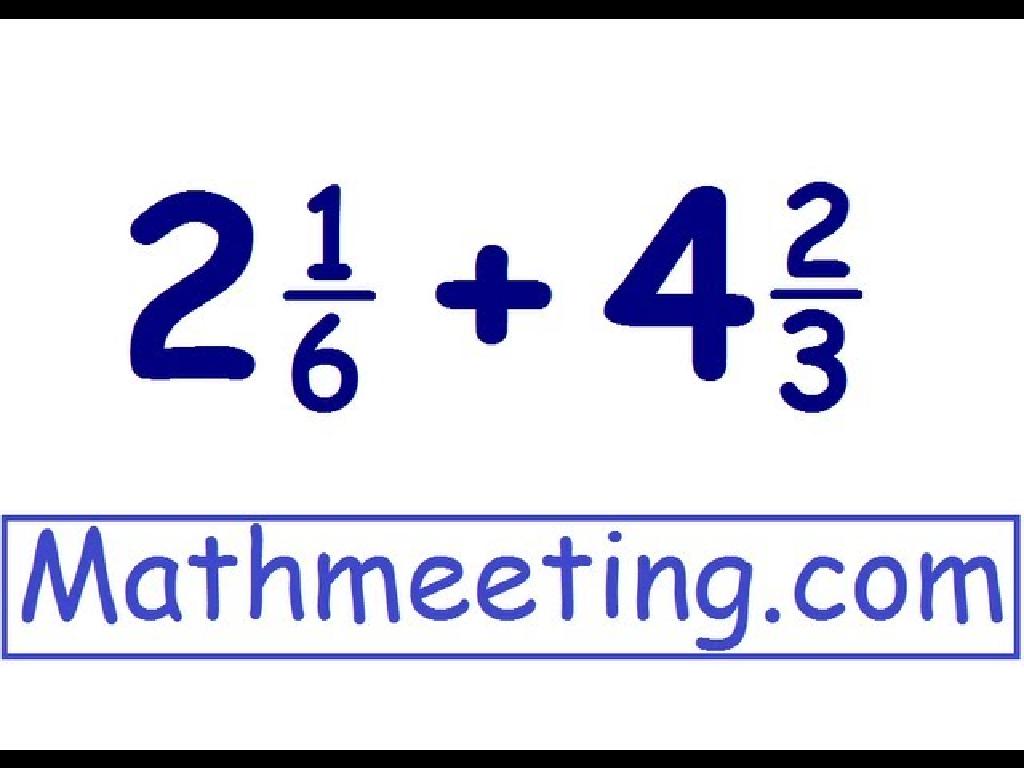Identify The First, Second, And Last Sound In A Word
Subject: Language arts
Grade: Kindergarten
Topic: Blending And Segmenting
Please LOG IN to download the presentation. Access is available to registered users only.
View More Content
Super Sound Detectives: Finding Sounds in Words
– Greet our Super Sound Detectives
– Today’s mission: Play with word sounds
– Learn to spot the first sound in words
– The first sound is at the start, like ‘b’ in ‘bat’
– Discover the second and last sounds too
– The second sound comes next, and the last sound is at the end, like ‘a’ and ‘t’ in ‘bat’
|
Welcome the children to the class by addressing them as ‘Super Sound Detectives’, which will make the learning process fun and engaging. Explain that their mission for today is to play with sounds in words, which is an essential skill for reading and writing. Start with finding the first sound in words, giving examples and allowing the children to practice with guidance. Then, move on to identifying the second and last sounds in words. Use simple, familiar words to help them understand the concept. Encourage the children to listen carefully and articulate the sounds they hear. This activity will help them in blending and segmenting sounds, which are crucial steps in learning phonics.
Exploring Sounds in Words
– Words are made of sounds
– Like how a song is made of notes, words are made of sounds we can hear.
– Every word has different sounds
– Think of the word ‘cat’. It has three sounds: /c/, /a/, and /t/.
– Listen for sounds in word parts
– We can hear sounds at the beginning (first), middle (second), and end (last) of words.
– Find sounds at word’s start and end
– Practice with ‘dog’: First sound /d/, last sound /g/.
|
This slide introduces the concept that words are composed of individual sounds, which can be heard and identified. Emphasize to the students that just as they listen to different notes in a song, they can listen to different sounds in a word. Use simple, familiar words to demonstrate how to identify the first, second, and last sounds. Engage the students in listening exercises where they practice identifying these sounds in various words. Encourage them to clap as they pronounce each sound to help them differentiate between the sounds. This will lay the foundation for future reading and spelling skills.
Finding the First Sound in Words
– First sound: start of a word
– Example word: ‘bat’
– ‘bat’ begins with the sound ‘b’
– First sound is ‘b’ as in ‘bear’
– Relate the sound ‘b’ to a familiar word ‘bear’
– Practice saying ‘bat’ together
– Listen for ‘b’ at the beginning when we say it aloud
|
This slide is aimed at helping Kindergarten students identify the initial sound in a word. Start by explaining that the first sound is what we hear at the beginning of a word. Use the word ‘bat’ as an example and emphasize the ‘b’ sound, associating it with the word ‘bear’ which they may already be familiar with. Engage the class by saying ‘bat’ together and asking them to listen carefully for the first sound. Encourage them to practice with different words and sounds to reinforce the concept. This activity helps in developing phonemic awareness which is crucial for early reading skills.
Finding the Second Sound in Words
– Second sound follows the first
– Example: ‘bat’ has ‘a’ after ‘b’
– ‘a’ as in ‘apple’ is the second sound in ‘bat’
– Practice with words ‘cat’, ‘hat’, ‘rat’
– What’s the second sound in these words?
– Listen carefully to find the sounds
– Focus on the sound that comes right after the first
|
This slide is aimed at helping Kindergarten students identify the second sound in a word, which is an important skill for reading and spelling. Start by explaining that every word is made up of different sounds that come one after another. Use ‘bat’ as an example to show that the second sound is ‘a’, which is the same sound we hear at the beginning of ‘apple’. Then, engage the students with a fun activity where they listen and identify the second sound in similar words like ‘cat’, ‘hat’, and ‘rat’. Encourage them to say the words out loud and to listen closely to the sounds that follow the first one. This exercise will help them become more aware of the sounds that make up words and improve their phonemic awareness.
Finding the Last Sound in Words
– What’s the last sound we hear?
– In ‘bat’, the last sound is ‘t’
– The sound at the end of ‘bat’ is the same as the beginning of ‘turtle’
– ‘t’ is like the start of ‘turtle’
– Practice with the word ‘bat’
– Say ‘bat’ and pause right after the ‘t’ sound
|
This slide is focused on helping students identify the last sound in a word. Start by explaining that the last sound is what we hear at the end of a word. Use the word ‘bat’ as an example and emphasize the ‘t’ sound, comparing it to the beginning of the word ‘turtle’ to help them make the connection. Encourage the students to practice by saying ‘bat’ aloud and stopping right after the ‘t’ sound. This exercise will help them isolate and recognize the final sounds in words, which is a key skill in phonemic awareness and an important step in learning to read and spell.
Practice Time: Listening for Sounds
– Listen to the teacher say a word
– Identify the first sound in the word
– For ‘map’, the first sound is ‘m’
– Find the second sound you hear
– For ‘sit’, the second sound is ‘i’
– What’s the last sound in the word?
– For ‘log’, the last sound is ‘g’
|
This slide is for a class activity focused on identifying the first, second, and last sounds in words. The teacher will say words aloud, and the students will practice identifying the sounds. For example, when the teacher says ‘map’, students should identify ‘m’ as the first sound, ‘a’ as the second, and ‘p’ as the last sound. The activity will help students with sound recognition and is a fundamental skill in learning to read. Possible variations of the activity could include using objects or images to represent the words, having students work in pairs, or asking students to come up with their own words to test the class.
Sound Detective Game
– Let’s play ‘Sound Detective’
– Guess the word from the picture
– Look at the picture and think of the word it represents
– Find the first sound together
– We’ll say the word and listen for the very first sound
– Find the second and last sounds
– Next, we’ll discover the second sound and the sound at the end
|
This interactive game is designed to help Kindergarten students identify the first, second, and last sounds in words, which is a key skill in blending and segmenting. Show a picture and encourage the students to guess the word it represents. Once they have guessed the word, lead the class in saying the word slowly and identifying the first sound they hear. Repeat the process for the second and last sounds. This activity will help students become more aware of the different sounds that make up words. For example, if the picture is of a cat, the first sound is /c/, the second is /a/, and the last is /t/. Provide positive reinforcement as they successfully identify each sound.
Class Activity: Sound Bingo
– Let’s play ‘Sound Bingo’ together
– Listen for the word I say
– Find the first, second, or last sound
– Sounds like ‘s’ in ‘sun’, ‘a’ in ‘apple’, ‘t’ in ‘cat’
– Mark the sound and aim for three in a row
– Get ready to shout ‘Bingo!’ when you get three
|
This interactive ‘Sound Bingo’ game is designed to help Kindergarten students identify the first, second, and last sounds in words, which is a key skill in blending and segmenting. Prepare bingo cards with various sounds (phonemes) before the class. Explain the rules clearly, demonstrating how to listen for a specific sound in a word and how to find and mark it on their bingo card. Use simple, familiar words to ensure that all students can participate successfully. Have a variety of words ready to call out, and be prepared to assist students in identifying the sounds. Celebrate the winners and encourage all participants. This activity not only reinforces phonemic awareness but also adds a fun and competitive element to the learning process.






